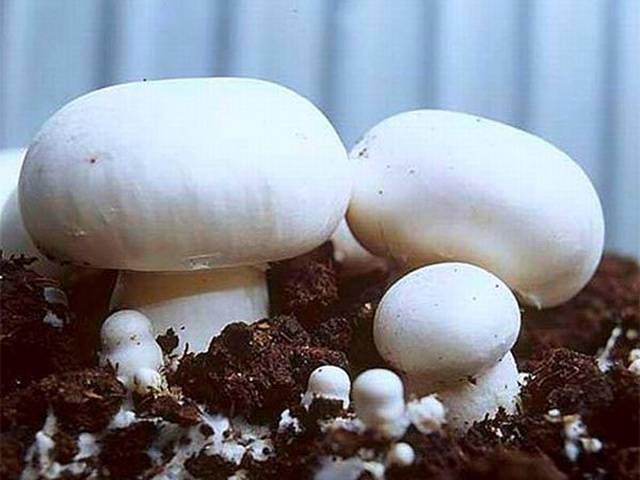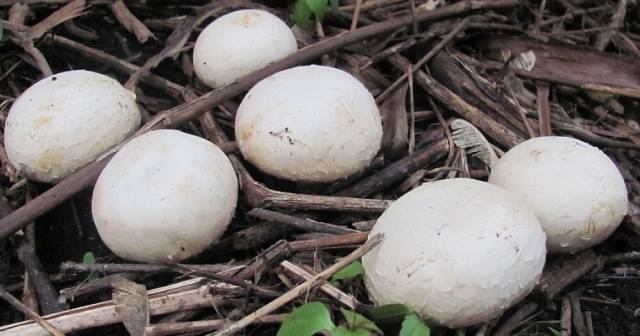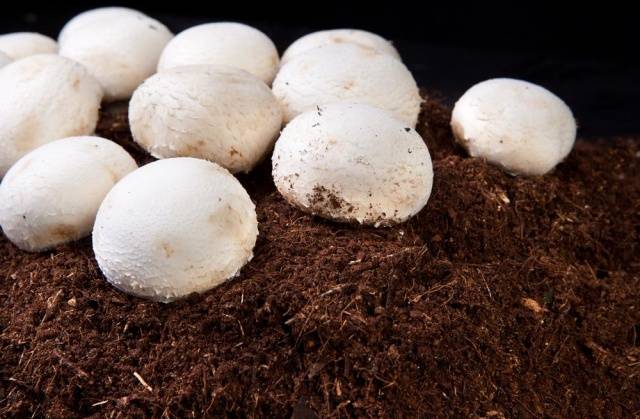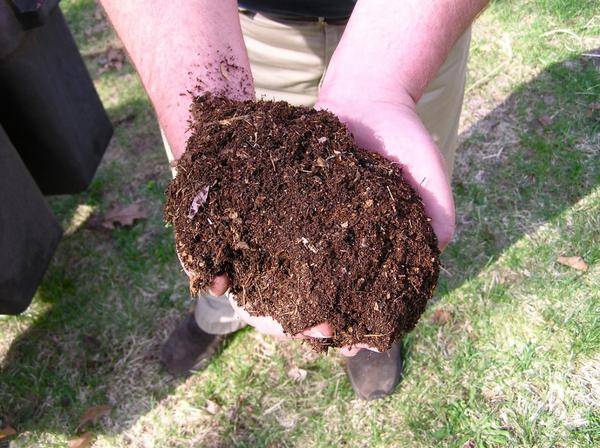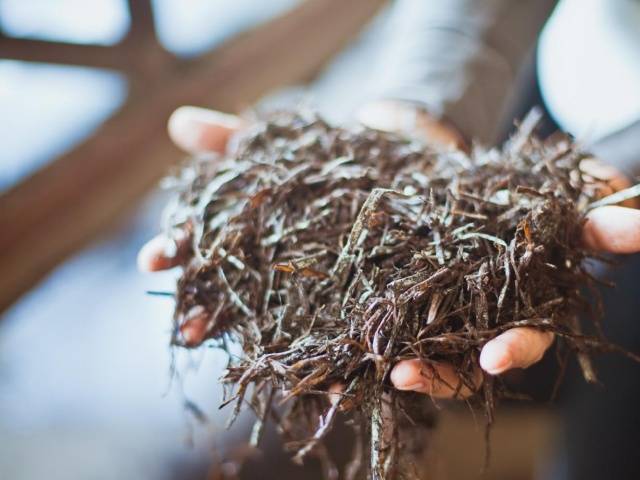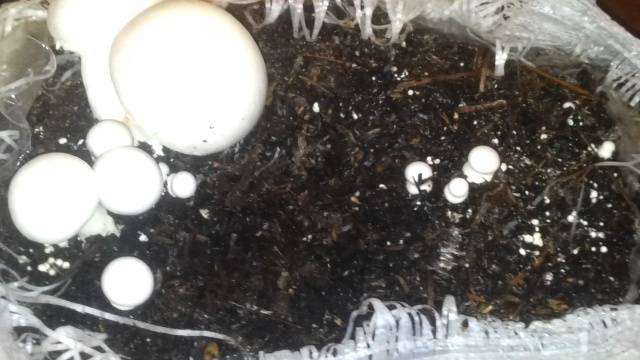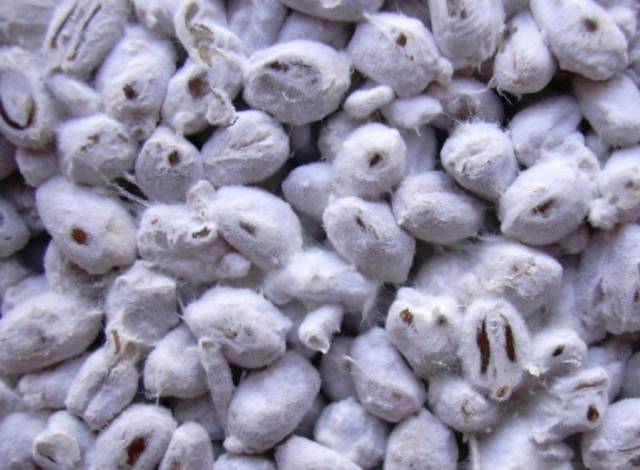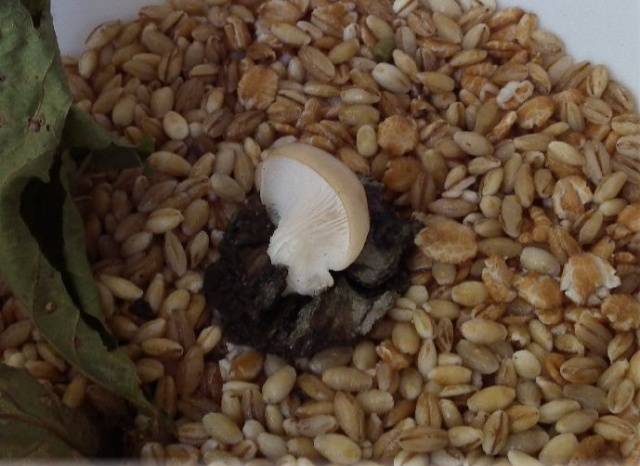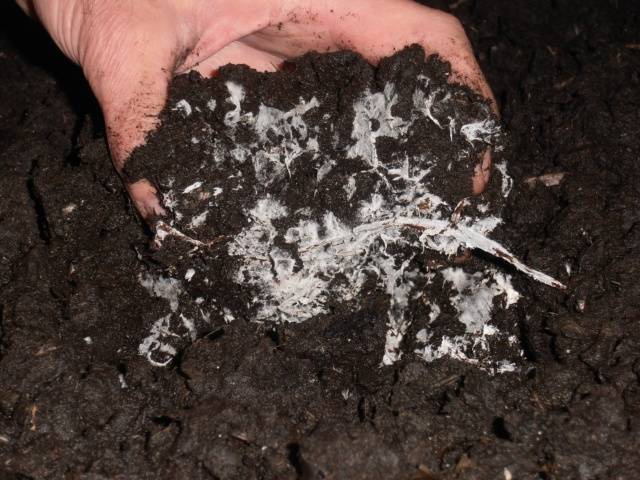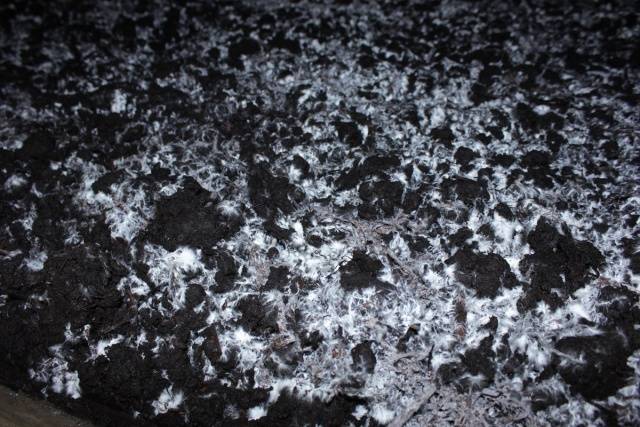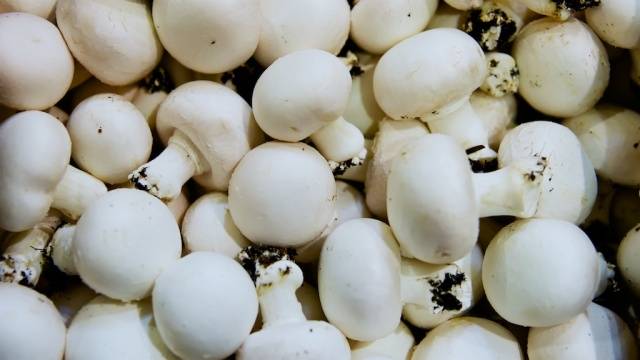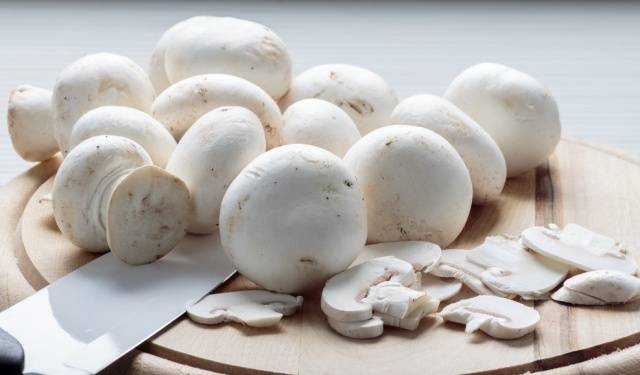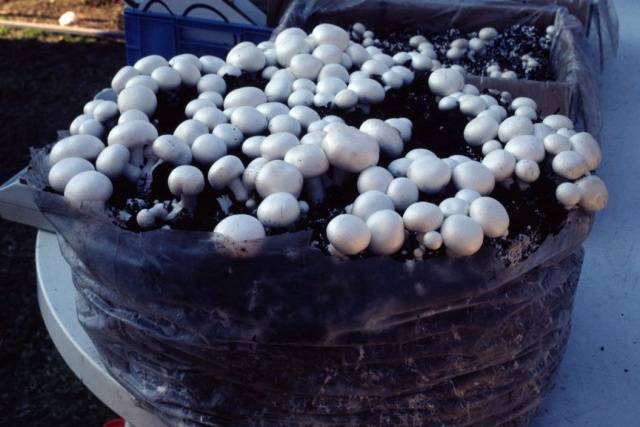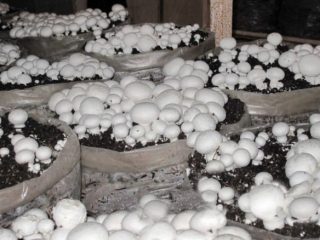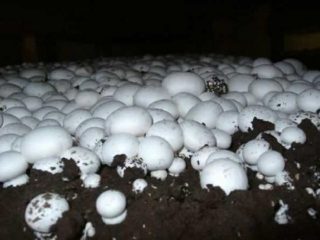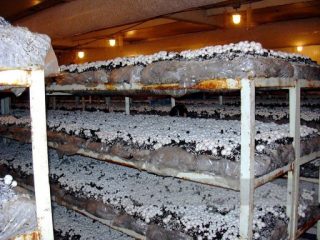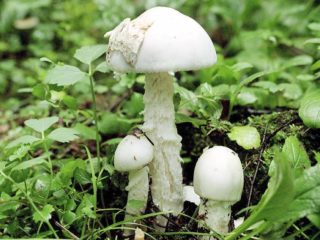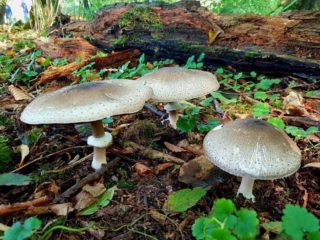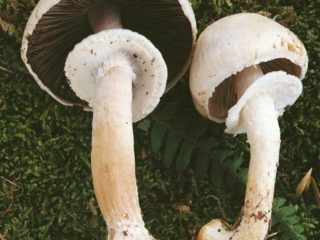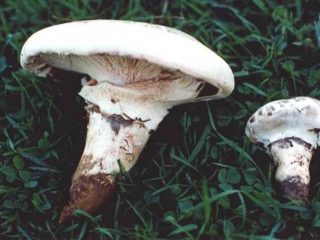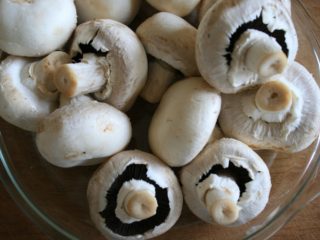Content
Champignon mushrooms are a popular modern product that can be found in any market or on supermarket shelves. Champignons are valued for their nutritional value and “signature” mushroom taste; unlike wild mushrooms, they are available all year round and are quite inexpensive. It is not surprising that the issue of growing champignons at home worries many, however, not all owners know where to start this business and which method of cultivating mushrooms to prefer.
This article will be devoted to how to grow champignons at home. Here you can also learn how to plant and store champignons, as well as what methods of growing mushrooms are considered the most promising.
Growing champignons at home for beginners
Today, mushroom growing is rapidly developing as a private business. An increasing number of farmers are turning their private farms into huge myceliums that generate stable and considerable income.
It is not necessary to create entire plantations; it is quite possible to grow champignons for your own purposes and the needs of your family. This mushroom is very unpretentious; in nature it is distributed almost all over the world.Therefore, it is quite possible to grow champignons in an apartment or the basement of a private house; greenhouses and garden beds are often used for these purposes - the mushroom grows well in any environment, but for this it needs to create suitable conditions.
Step by step information on how to grow champignons at home will be discussed below.
Preparation of champignon substrate
You need to start growing mushrooms by preparing the soil for them. Champignons grow almost everywhere, but to get a really good harvest, you need to prepare a special substrate for these mushrooms.
The champignon substrate should be prepared in the following proportions:
- 100 kg of straw;
- 400 kg of horse manure;
- 2 kg of superphosphate;
- 2 kg of urea;
- 5 kg chalk;
- 7.5 kg of gypsum;
- 350 liters of water.
The specified amount of ingredients should yield about 300 kg of mushroom substrate. From this compost you can create a full-fledged mycelium measuring three square meters.
Each ingredient is extremely important and greatly influences the quality of the finished compost. So, manure for growing champignons should be horse manure - in this case, the yield of the mycelium will be maximum. Of course, you can replace it with bird droppings or mullein, but you need to understand that then the champignon yield will be significantly lower than stated.
As for straw, it is recommended to use straw of winter crops for these purposes: wheat or rye. As a last resort, it is possible to replace this raw material with fallen leaves or sawdust. It is worth understanding that this will also affect the yield, and the farmer must be absolutely sure that the raw materials for compost are clean: not infected with viruses or diseases, and without traces of rot, mold, or pests.
The process of preparing compost for mycelium consists of several stages:
- The straw needs to be soaked in water, choosing a suitable container for this. To disinfect straw, you can steam it with boiling water.
- Select a place on the site for compost fermentation. It should be taken into account that a strong unpleasant odor will be released during the process, so it is better to deal with the substrate away from living quarters and do it in the open air. But there must be a canopy over the compost.
- Stack straw and manure in layers, alternating these two components. As a result, you should get 3-4 layers from each element, and the height of the pile will be about 150 cm. The width of the mushroom compost pile will be no more than 120 cm.
- When each layer of straw is laid out, it is additionally moistened using urea and superphosphate (about 0.5 kg per pile). These substances additionally stimulate the fermentation of manure.
- The resulting pile must be thoroughly mixed with a pitchfork at least four times.During the first stirring, it is worth adding gypsum, during the second, the remaining superphosphate is added, and the third stirring is accompanied by the addition of the last portion of gypsum. The result should be a homogeneous, well-moistened mass.
- The fact that the substrate for champignons is being prepared correctly should be indicated by an increased temperature inside the compost. By the third day it is 65-70 degrees, which indicates the “burning” of the champignon substrate. This is also evidenced by the characteristic ammonia smell and the release of a large amount of moisture (it is worth considering a system for its removal in advance).
- Fermentation of the champignon substrate will last about twenty days. You can tell that the compost is ready when the temperature inside the pile drops to 20-25 degrees.
A high-quality substrate for mushrooms, including champignons, should be thick, loose, not stick to your hands and have a brown color. When pressed, the compost should spring back, and it should smell like earth, not ammonia or other strong aromas.
Selection and laying of mycelium
Growing champignons at home or in production is impossible without another important component - mycelium. Mycelium is, one might say, the “seeds” of mushrooms that were grown in sterile laboratory conditions, thereby significantly increasing the percentage of germination and protecting the planting material from various infections.
You need to buy champignon mycelium only from trusted manufacturers, whose suppliers are laboratories with specialized equipment. It is better to start with a small batch of mycelium, and after getting a good result, order more planting material for home champignons from the same seller.
There are two types of mushroom mycelium:
- grain, packed in plastic bags and has a shelf life of up to six months in the refrigerator;
- compost the mycelium is sold in glass containers, which significantly reduces the contact of the material with the environment and extends its shelf life (at zero temperature such mycelium can be stored for about a year).
The consumption of champignon mycelium is also different: per square meter of mycelium you will need 400 grams of grain or 500 grams of compost mycelium.
You need to sow champignon mycelium as follows:
- first disinfect the substrate by treating it with hot steam or spilling boiling water;
- when the compost has cooled, it is laid out in wooden boxes or on shelves, making sure that the layer of substrate is 30 cm;
- using a small spatula or a wide knife, lift the top layer of the substrate, making holes in a checkerboard pattern, the depth of which is 3-4 cm, and the distance between them is 20 cm;
- a handful of grain mycelium or a portion of compost, which is equal in size to a chicken egg, is placed in each hole;
- carefully cover the hole with the previously raised substrate.
Caring for mycelium of champignons
When breeding champignons, you need to be prepared to work with mycelium every day, because care and maintenance conditions are very important for these mushrooms.
You can grow champignons at home in any room with a stable temperature and high humidity. Cellars and basements best meet these requirements, which is why mushrooms are usually grown here.
In order for champignon spores to germinate, you need to follow the following regime:
- Support humidity at 70-85%. However, you cannot water the mycelium or moisten the substrate directly. You can raise the humidity in the room in the following ways: cover the mycelium with burlap or old newspapers and, as they dry, moisten them with a spray bottle; spray the floors and walls in the basement with water; install special devices - humidifiers or sprayers.
- Inside the substrate must be observed temperature at 20-27 degrees. This is very important, so the temperature is measured regularly, and in case of any deviations from the norm, they try to equalize it. If it is too hot in the cellar with champignons, ventilate it; when it gets cool, turn on heaters or lamps.
8-12 days after laying the mycelium, you need to cover the mycelium with a covering soil substrate. It can be prepared from a portion of peat diluted with chalk in a ratio of 9:1, or take four parts of garden soil, five parts of peat and one part of chalk. Each square of mycelium is covered with 50 grams of this substrate.
As it grows, the mushroom mycelium will reach the surface of the substrate, appearing in the form of thin silver-white threads. Five days after adding the covering substrate, you need to lower the temperature slightly - now the champignons need 12-17 degrees.
The cover soil is constantly moistened, being careful not to wet the main substrate. In the room with champignons, you need to ensure good ventilation.
How to collect and store champignons at home
After 3-4 months, you can harvest the first harvest of homemade champignons. You can collect all young mushrooms that have not yet torn the connecting membrane (between the champignon leg and its cap). Old, wilted or damaged mushrooms can be hazardous to your health, so it is best to throw them away.
You cannot cut champignons with a knife, as is customary to do with wild mushrooms. Mature champignons should be carefully twisted out of the substrate, the remaining wound should be sprinkled with earth and slightly moistened.
You need to harvest every 5-7 days; if the mycelium was grown using technology, it will bear fruit for 8-12 weeks. Each meter of mycelium will yield from 5 to 12 kg of champignons, with most of the harvest coming from the first harvest.
It’s not enough to grow mushrooms yourself; you also need to know how to store them. Store champignons in one of the following ways:
- in a refrigerator;
- by freezing (whole or chopped);
- dried in the oven or in special dryers for vegetables and fruits;
- pickled or preserved.
Growing mushrooms is considered a fairly profitable business, especially for farms, because they will not need to spend money on purchasing raw materials for the substrate.
The best way to grow champignons at home
There are many methods for growing these mushrooms, but not all of them are applicable in private farming.
At home, champignons are usually grown in the following ways:
- On ridges of substrate, which are laid on the floor of a basement or barn. This method is good with minimal costs, but there is a risk - there is a high risk of fungi becoming infected with mold, since the plantings are very low.
- Most often, champignons are grown on shelves in the same basements or outbuildings. This is what the Dutch do, and they get up to 18 kg of mushrooms per meter.
- It is convenient to grow champignons for your own needs in plastic bags with holes. They take up little space, as they are located vertically, and caring for the plantings will be very simple.
- There are special briquettes or blocks from pressed substrate for mushrooms. They are expensive, but the champignon yields are consistently high.
Growing champignons at home can bring good profits and become a profitable family business. It’s worth starting, if only to provide yourself with a nourishing and tasty product, as well as to learn something new and unusual.
